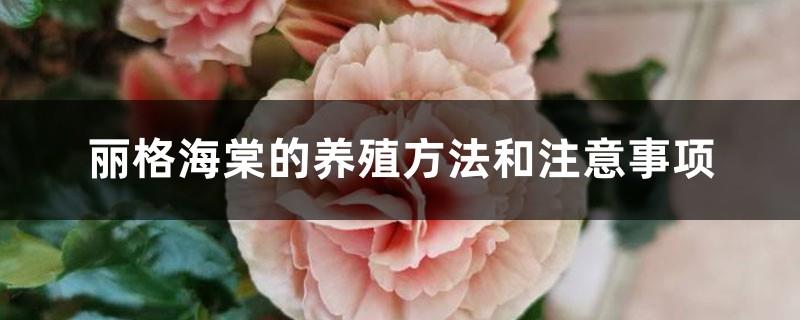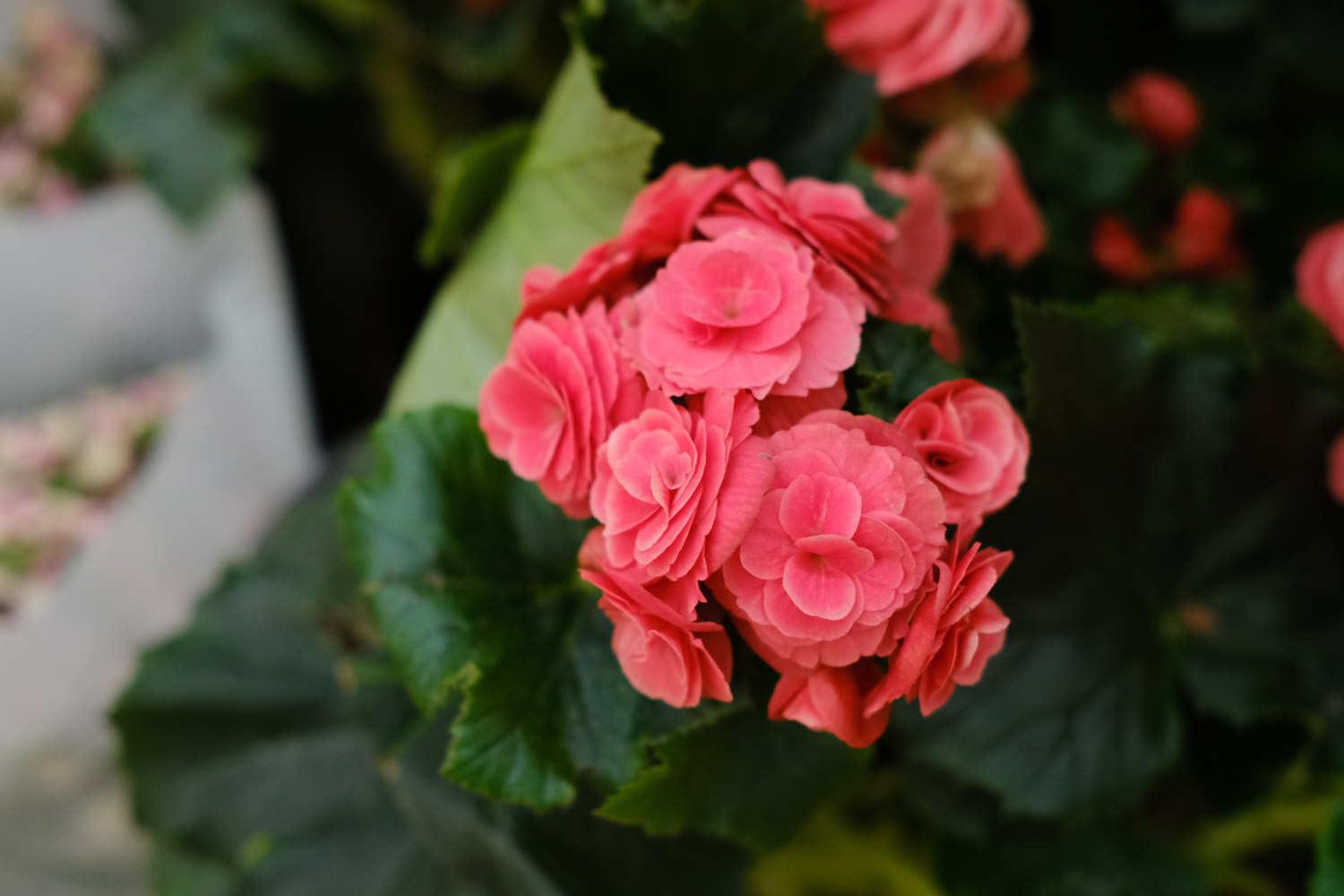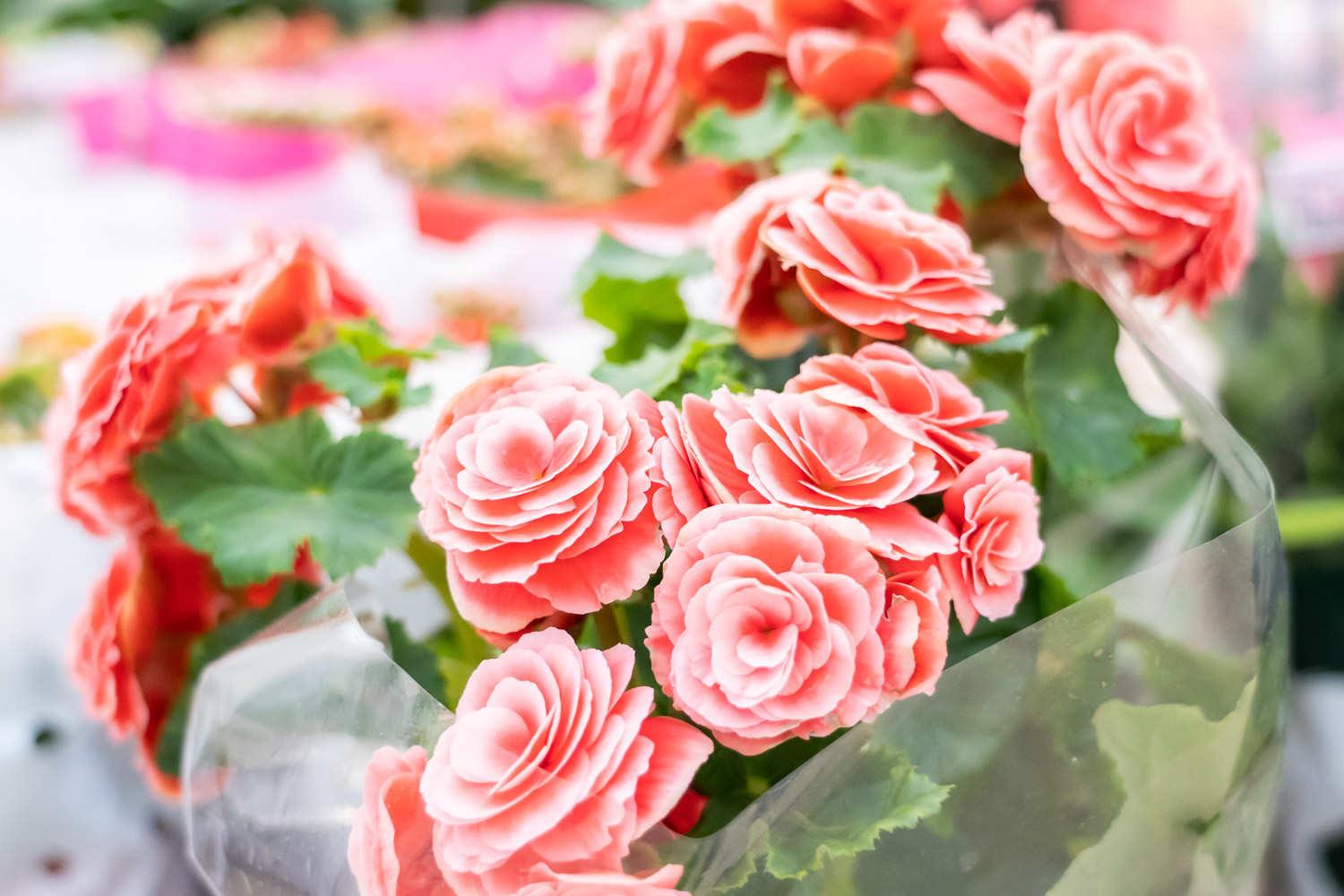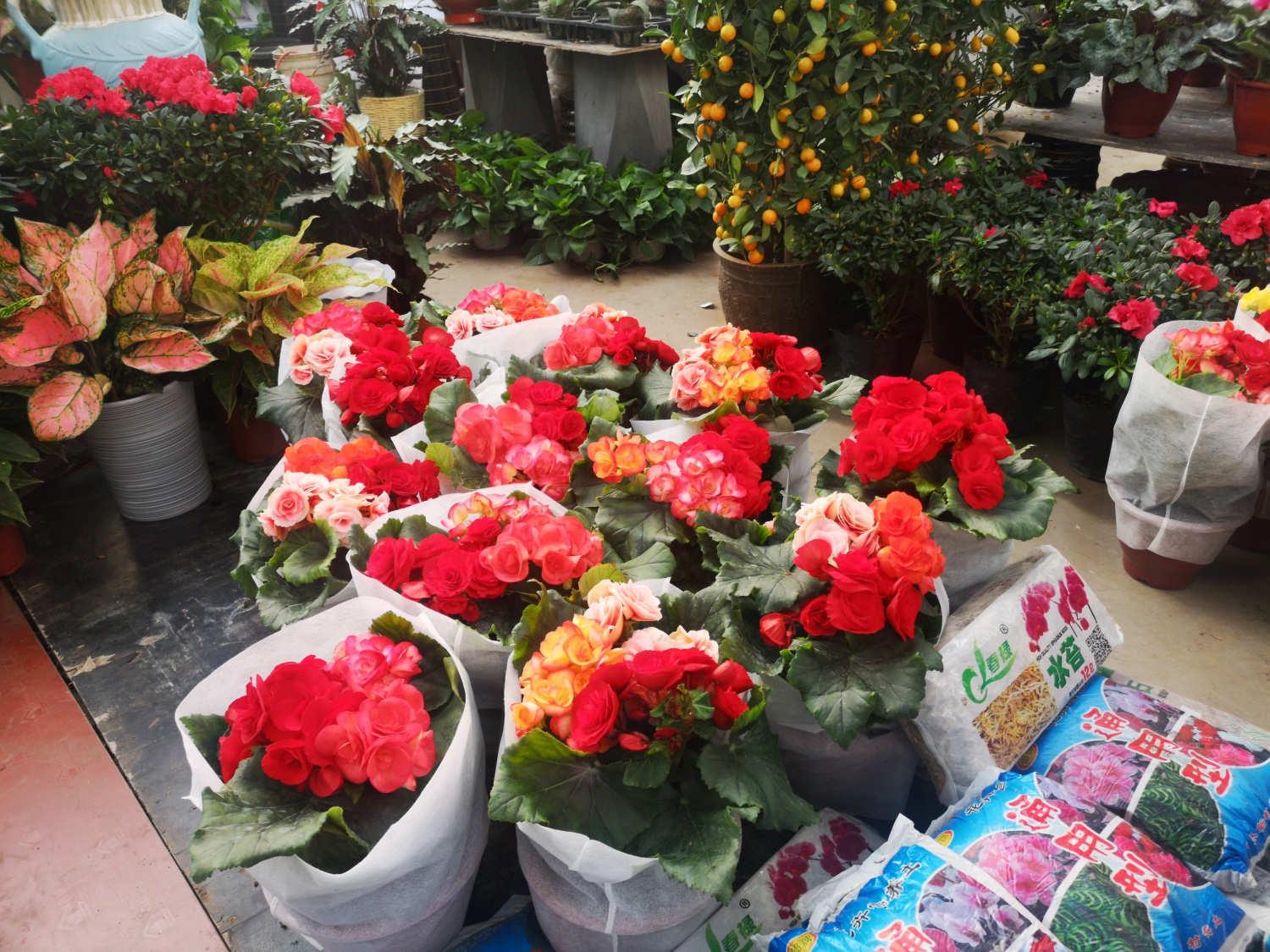Lige Begonia cultivation methods and precautions
Last Update :2024.06.07
Article Catalog
Substrate: To raise Lige Begonia, use a soft, thick and well-drained substrate. Watering: Keep the substrate moist, neither too wet nor too dry. Light: It likes semi-shade, but it does not need to be shaded in winter. Temperature: It is best to control it within 18 to 22 degrees, and try not to go below 15 degrees in winter. Fertilizer: Fertilize every two weeks or so during the growing season.

1. Soil
1. Soil
Its specific requirements are loose, fertile and easy to drain water. It is best not to use garden soil. You can go to the wild to collect some soil covered with withered grass, and mix it with some other substrates as culture soil. It can also be mixed with peat soil, vermiculite, and perlite to make its culture soil.
2. Watering
It likes to be moist, but not too wet. Therefore, the best condition of the soil is that it neither dries out nor accumulates water. The time of greatest water demand is summer, when watering is required in the morning and evening. The temperature of the water should be about the same as the indoor temperature.

3. Lighting
< p>It likes semi-shade and can usually be placed in a location where the light is not very strong. However, you can give it as much light as possible in winter without shading.4. Temperature
The most suitable range is 18 to 22 degrees. To prevent cold in winter, it is best not to be lower than 15 degrees. Of course, if the temperature in summer continues to be higher than 28 degrees, it will also need to be cooled down.

5. Fertilization
< p>There is a need during the growth period, so about once every two weeks is enough. When they are still seedlings, nitrogen fertilizers are mainly used, and more phosphorus and potassium fertilizers can be used during the flowering period.6. Precautions
Because plants are more afraid of waterlogging, in addition to not accumulating water, they should also avoid heavy rain. In addition, when watering, do not get too much water on the leaves.

2. Watering
3. Lighting
4. Temperature
5. Fertilization
6. Precautions
- END -
Information about Mimosa, the effects of Mimosa

Mimosa pudica, also called induction grass, is a perennial herbaceous plant, but i...
Difference Between Datura and Morning Glory

Leaf differences: The leaves of datura are relatively long and have small slits; t...